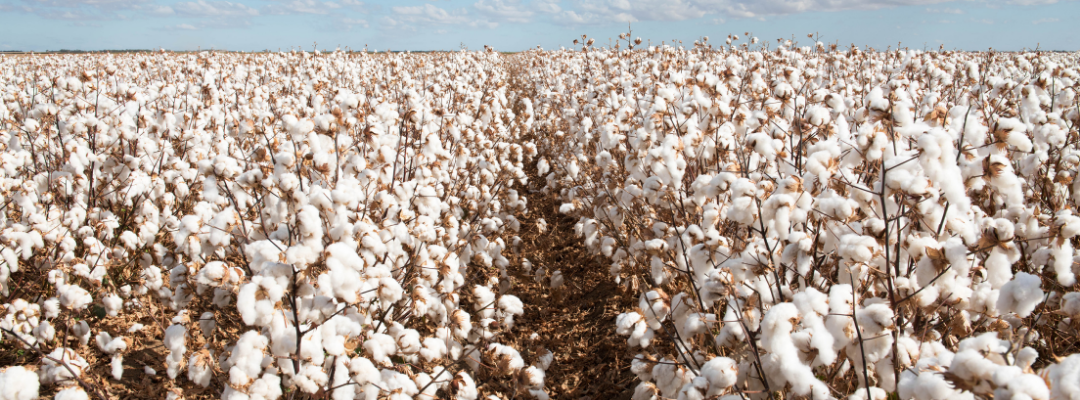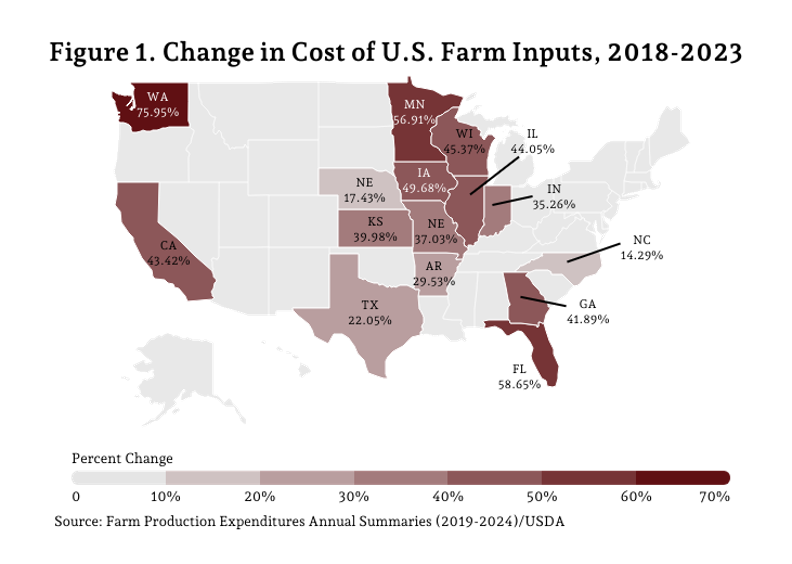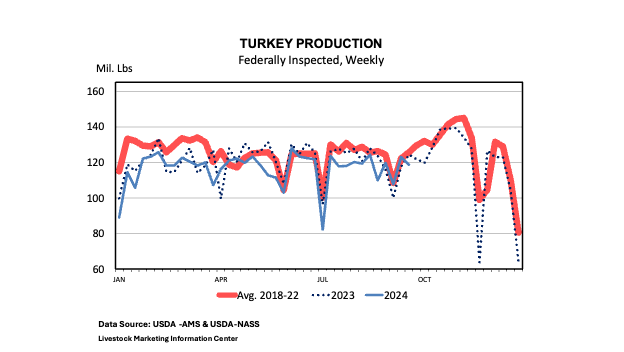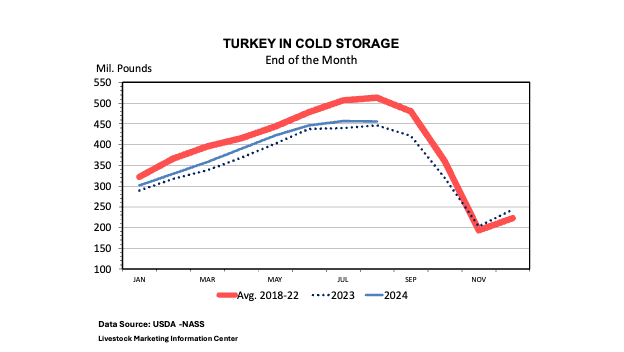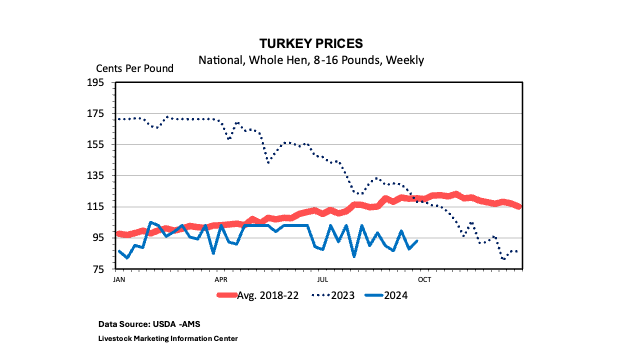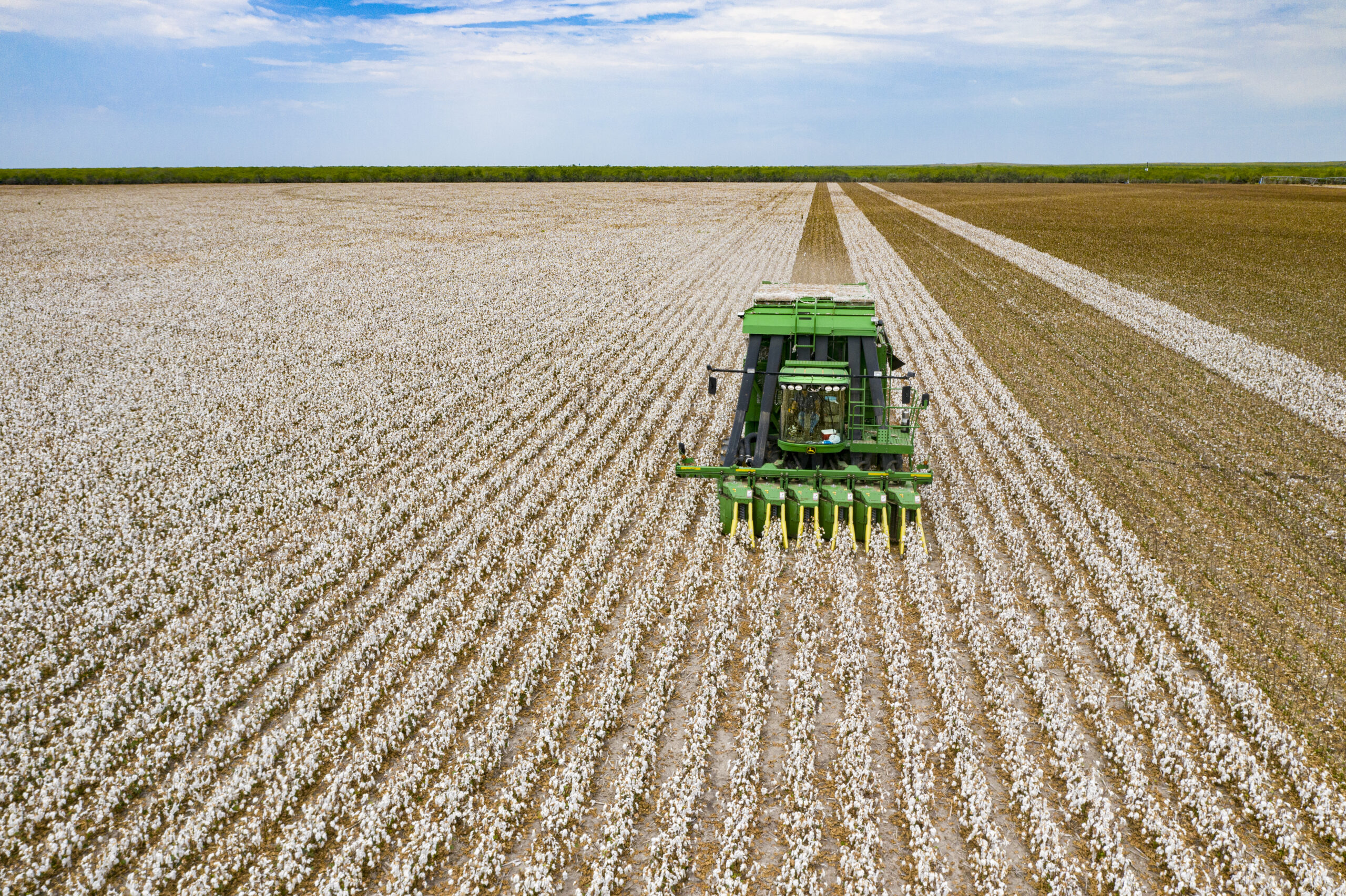In February, a federal district court in Arizona vacated the only three post-emergent formulations of dicamba on the marketplace, marking the second time post-emergent dicamba registrations were vacated since their 2017 commercialization. When the EPA subsequently clarified that existing stocks of post-emergent dicamba could be used in 2024, all eyes promptly turned to what would be available in 2025.
The court opinion noted that the EPA failed in its 2020 registrations of post-emergent dicamba to provide a public notice and comment period. To avoid a third potential vacatur of registrations, the EPA required a public notice and comment period, which in prior registration efforts signaled the start of a 17-month countdown to approval.
However, there has been a growing trend of courts scrutinizing and even vacating other pesticide registrations when the EPA failed to comply with requirements associated with the Endangered Species Act (ESA) in addition to requirements associated with the Federal Insecticide, Fungicide, and Rodenticide Act (FIFRA). Combining the potential need for an ESA consultation with the United States Fish and Wildlife Service (USFWS) with agency funding issues, it is ambitious to hope that the EPA will meet the 17-month approval timeframe on the undergoing post-emergent dicamba registrations before the 2025 planting and growing seasons.
Commentators on both sides of the dicamba debate have already started making their voices heard. The public comment period for Bayer’s XtendiMax, BASF’s Engenia, and Syngenta’s Tavium generated over 27,000 comments in total.
Advocates of post-emergent dicamba products were dismayed by the XtendiMax label not having any on-label uses for post-emergent soybeans. XtendiMax for cotton allowed applications through June 30. There was also concern that the labels for Tavium and Engenia only permitted over-the-top (OTT) applications through June 12 or until the crop reaches the V2 growth stage, with comments noting that the plants are still very small at that stage.
It is worth noting that, though the 2020 registrations of post-emergent dicamba products were vacated, the EPA’s new position that precludes state agency restrictions on pesticides through Section 24(c) of FIFRA is still maintained on the EPA’s website. In other words, barring state action through Section 24(a), the EPA will still be the entity responsible for setting restrictions such as application cutoff dates.
Critics of post-emergent dicamba once again expressed their frustration that the EPA was in the process of re-registering the herbicide. These individuals and groups have repeated their calls that the product was inherently dangerous and stated that the new formulations were no different than previous products that had been taken off the market.
If post-emergent dicamba is not approved for use by the 2025 growing season, there is also a fear that a repeat of the 2015 and 2016 growing seasons will occur. In 2015 and 2016, the USDA had approved dicamba-tolerant seeds but the EPA was still undergoing the registration process for post-emergent versions of dicamba. Despite this, dicamba drift symptoms started to occur throughout the nation, leading many to speculate that some producers had used pre-emergent dicamba in an off-label use for post-emergent applications.
Brown, Nicholas. “Post-Emergent Dicamba Likely Unavailable in 2025, Controversial Beyond Then.” Southern Ag Today 4(42.5). October 18, 2024. Permalink
